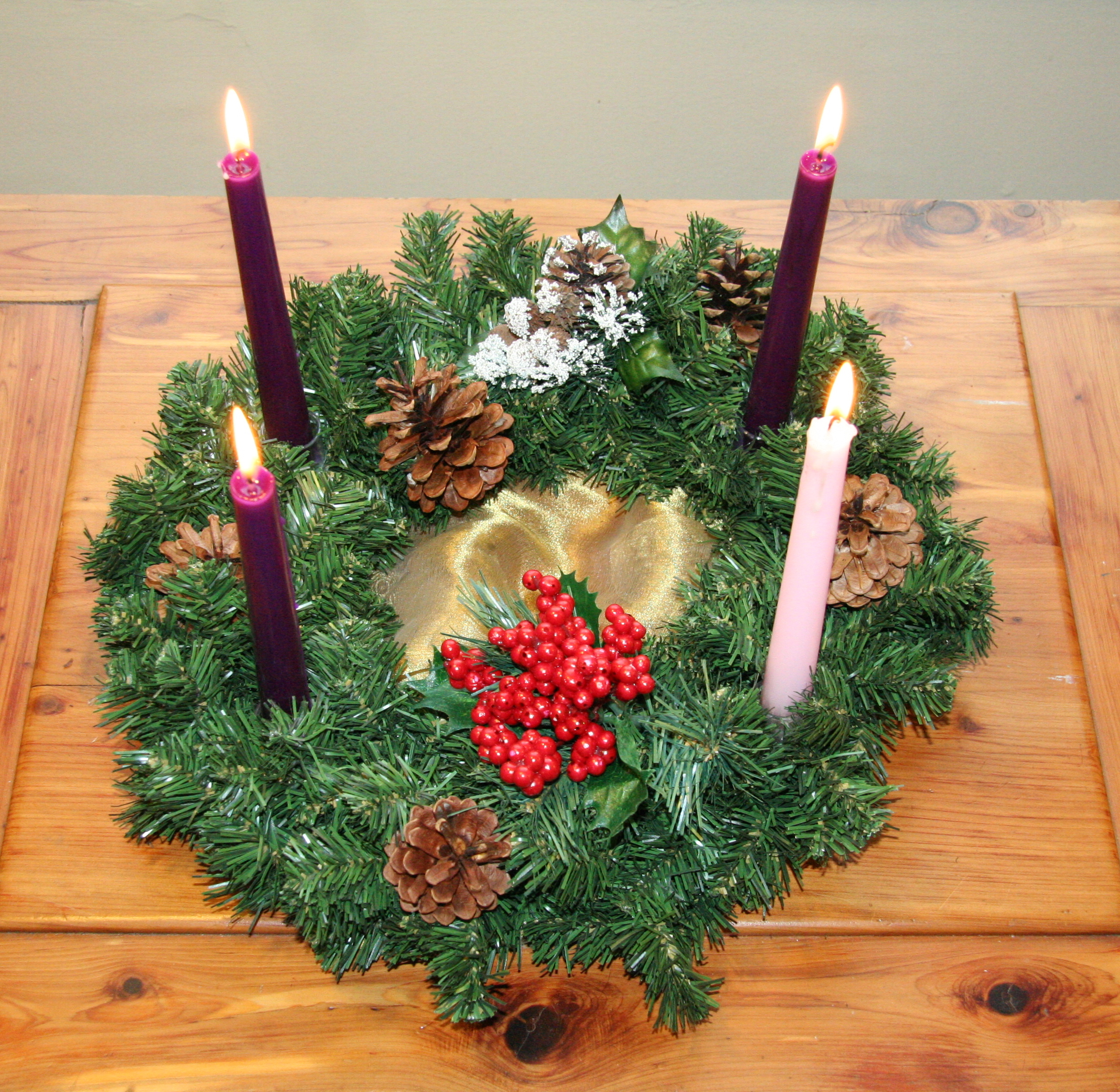The Church’s New Year
This coming Sunday, Dec. 1, is the Liturgical “New Year” for the Catholic Church. Every year, our liturgical cycle begins anew on the First Sunday of Advent.
What is the Liturgical Year?
When we celebrate the liturgy as a Church, we participate in the heavenly worship of God along with the angels and saints. The liturgy allows us to enter into the eternal. But it is something we experience in time. The Church uses the liturgy as a way to sanctify time by drawing us into the heavenly mysteries throughout the passage of days, weeks, months and years.
The bulk of the liturgical year is called Ordinary Time. The word “ordinary” is not meant in the everyday sense of meaning unremarkable or plain. It is because the weeks of the year are identified by ordinal numbers: i.e., the First Week of Ordinary Time, the Second Week of Ordinary Time, etc. There are 34 weeks of Ordinary Time. The liturgical color used during this season is green.
Ordinary Time is broken up by two celebratory seasons on the calendar. The greatest of these is Easter, during which time we celebrate the Resurrection of Christ in a special way. The Easter Season includes the 50 days between Easter and Pentecost. The other celebratory season is Christmas which commemorates the birth of Our Lord. The Christmas Season lasts from Christmas until the Feast of the Baptism of the Lord in mid-January. The liturgical color for these festive seasons is white (or gold).
Both of these festive seasons are preceded by a time of preparation and penance. Easter is preceded by the penitential season of Lent, which is a period of penance and fasting lasting approximately 40 days. Christmas is preceded by a four-week time of preparation called Advent. The liturgical color for both Lent and Advent is purple.
You can learn more about the Liturgical Year on the USCCB web site.
What is Advent?
Advent is the very first season celebrated on the Church’s liturgical calendar, and so marks the “New Year” in the Church. It gets its name from the Latin ad venire, meaning “to come to.”
More than just a time to prepare for Christmas, Advent calls us to begin each year by preparing for the Lord’s coming. We do this in two ways: we look back to the Lord’s first coming in Bethlehem two thousand years ago when he was born of the Virgin Mary, and we look forward to the second and final coming of the Lord in glory at the end of time.
Preparing our hearts for the coming of the Lord involves repentance, which means “to turn.” We turn away from sin, selfishness, and worldly affairs and to turn toward God. This is why we use the color purple during Advent, as we do in Lent. In the Roman world, purple was the color of royalty, but it became for us a penitential color when a purple robe was draped in mockery over Christ during His Passion.
Many Advent hymns and prayers mention turning to the East. Christians historically have prayed facing east, understanding this to be the direction of the Lord’s coming; not necessarily in a literal sense, but because east is the direction of the rising sun, and Christ is the light of the world. By turning east, we turn toward the light: we turn toward Christ.

Advent also makes use of candles for similar reasons. Christ comes into the world as a light to scatter our darkness. Many families will mark this time with an Advent wreath, lighting four candles in succession to mark the four Sundays in Advent. (More about Advent wreaths here).
The third Sunday in Advent is called Gaudete Sunday, from the Latin word meaning “joy.” The penitential color of purple is lightened to rose on this Sunday, as we are reminded to rejoice in the Lord’s coming. After this Sunday the liturgical prayers of Advent focus more directly on the coming Christmas celebration when we rejoice in the Lord’s Nativity.
Advent should be for us a time of quiet and stillness as we prepare our minds and hearts to receive Christ. This can be hard to do in the midst of “the busy holiday season” — especially when you are a college student frantically trying to finish assignments for the end of the semester and study for exams. So we need to be very intentional to create times of silence for ourselves, making space in our lives to listen to God in prayer and contemplate the great mystery of his coming, both into the world and into our hearts.
Our Catholic bishops have prepared lectio divina (holy reading) resources to help us pray with scripture this Advent season. Make use of these or other resources to structure your prayer life in a more intentional way during this time.
Above all, Advent should awaken within us a sense of longing for Christ, as we invite him to come anew into our hearts with the ancient Aramaic prayer marana tha, “Come, our Lord” (1 Cor 16:22).

